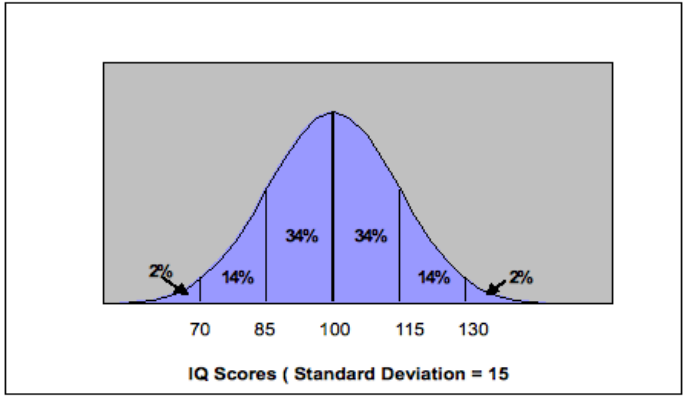
Define Standard Deviation In Psychology. The standard deviation is a statistic that tells you how tightly all the various examples are clustered around the mean in a set of data. The greater the standard deviation the great the spread of scores around the mean. This measures the average deviation difference of each score from the mean. If you look at the red line on 100 the blue group to your right is.

Psychology Definition of STANDARD DEVIATION. Assume a professor is interested in the satisfaction of students in her psychology class. Looking at an example will help us make sense of this. According to the test manual a lower score indicates less likelihood that your client is dealing with depression and a higher score indicates a greater likelihood that your client is dealing with depression. The greater the standard deviation the great the spread of scores around the mean. A high standard deviation means that there is a large variance between the data and the statistical average and is not as reliable.
A measure of dispersion in scores whether they are narrowly or broadly dispersed around the mean.
Standard deviation is a mathematical way of grouping people together based on how much variance there is in the set of scores. Assume a professor is interested in the satisfaction of students in her psychology class. Standard deviation is a mathematical way of grouping people together based on how much variance there is in the set of scores. The standard deviation is the average distance or deviation from the mean. The definition of what standard deviation is and how it is calculated is the same throughout the sciences economics and medicine so there. For instance imagine taking a sandwich survey of a population of 100 1st graders at an elementary school.